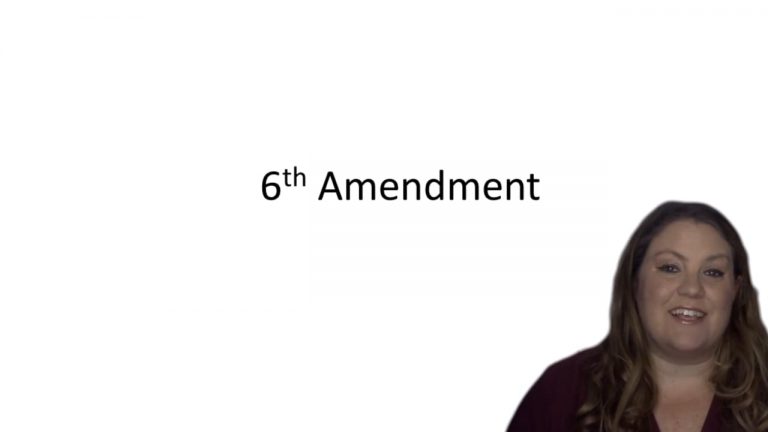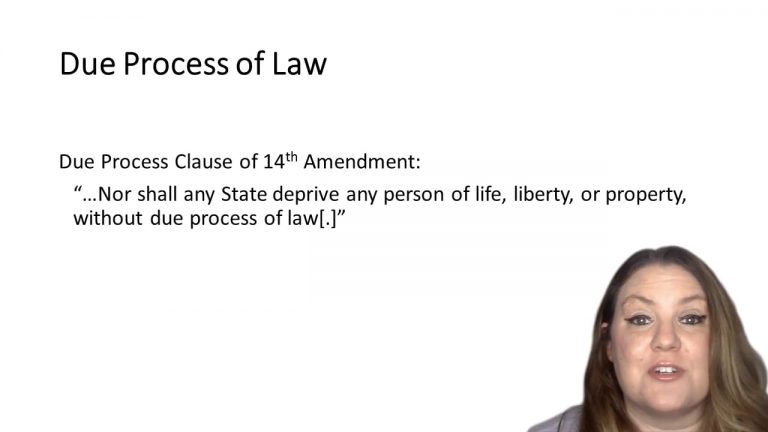SmartBrief
Confirm favorite deletion?
Criminal Procedure Keyed to Ohlin
Foster v. California
Citation:
394 U.S. 440 (1969)Facts
Petitioner was charged by information with the armed robbery of a Western Union office. The day after the robbery one of the robbers, Clay, surrendered to the police and implicated Foster and Grice. Allegedly, Foster and Clay had entered the office while Grice waited in a car. The only witness to the crime was Joseph David, the late-night manager of the Western Union office. After Foster had been arrested, David was called to the police station to view a lineup. There were three men in the lineup. One was petitioner. He is a tall man – close to six feet in height. The other two men were short – five feet. Petitioner wore a leather jacket which David said was similar to the one he had seen underneath the coveralls worn by the robber. After seeing this lineup, David could not positively identify petitioner as the robber. He thought he was the man, but he was not sure. David then talked to the petitioner and was convinced petitioner was the man. At trial, David testified to his identification of petitioner in the lineups.
Only StudyBuddy Pro offers the complete Case Brief Anatomy*
Access the most important case brief elements for optimal case understanding.
*Case Brief Anatomy includes: Brief Prologue, Complete Case Brief, Brief Epilogue
- The Brief Prologue provides necessary case brief introductory information and includes:
Topic:
Identifies the topic of law and where this case fits within your course outline.Parties:
Identifies the cast of characters involved in the case.Procedural Posture & History:
Shares the case history with how lower courts have ruled on the matter.Case Key Terms, Acts, Doctrines, etc.:
A case specific Legal Term Dictionary.Case Doctrines, Acts, Statutes, Amendments and Treatises:
Identifies and Defines Legal Authority used in this case.
- The Case Brief is the complete case summarized and authored in the traditional Law School I.R.A.C. format. The Pro case brief includes:
Brief Facts:
A Synopsis of the Facts of the case.Rule of Law:
Identifies the Legal Principle the Court used in deciding the case.Facts:
What are the factual circumstances that gave rise to the civil or criminal case? What is the relationship of the Parties that are involved in the case.Issue(s):
Lists the Questions of Law that are raised by the Facts of the case.Holding:
Shares the Court's answer to the legal questions raised in the issue.Concurring / Dissenting Opinions:
Includes valuable concurring or dissenting opinions and their key points.Reasoning and Analysis:
Identifies the chain of argument(s) which led the judges to rule as they did.
- The Brief Prologue closes the case brief with important forward-looking discussion and includes:
Policy:
Identifies the Policy if any that has been established by the case.Court Direction:
Shares where the Court went from here for this case.
Topic Resources
Topic Outline
Topic Refresher Course
Topic Charts & Notes

 4m 2s
4m 2s 2m 6s
2m 6s